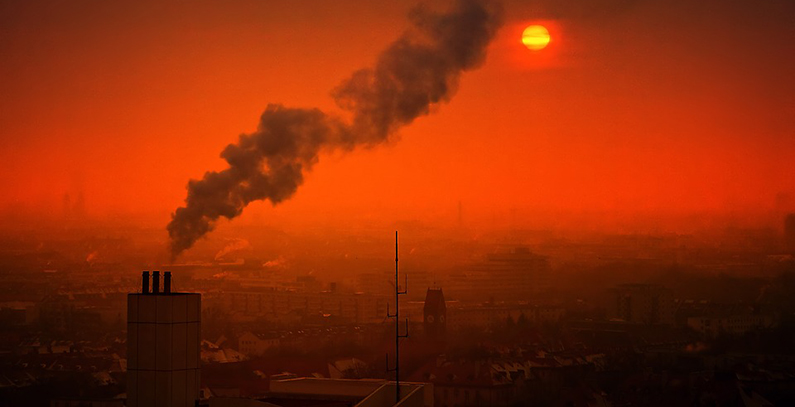
Photo: Pixabay
Last year the air was excessively polluted in 14 cities in Serbia, compared to just ten cities in 2018. Air pollution was recorded in Belgrade, Niš, Novi Sad, Bor, Pančevo, Smederevo, Kosjerić, Užice, Valjevo, Kraljevo, Zaječar, Požarevac, Subotica, and Beočin.
The annual report on the state of air quality in Serbia, prepared by the Environmental Protection Agency (SEPA) according to results from the state and local network of measuring stations, revealed breaches of the defined limits and tolerated values, mostly for particulate matter PM2.5 and PM10.
The biggest pollutants are PM10 and PM2.5, which are the most dangerous to human health
They are considered to be the most dangerous air pollutants for human health because they can penetrate deep into the lungs and enter the bloodstream.
In accordance with the Law on Air Protection, starting from the prescribed limit and tolerated values and based on the measurement results, SEPA determines three categories of air quality. If it’s in the first category, it is declared clean. The second is moderately polluted and the third one is excessively polluted air.
The target values for heavy metals – arsenic, cadmium and nickel, were exceeded in Bor
In Novi Sad, Užice, Požarevac and Zaječar, the air was excessively polluted due to the presence of PM10, and in Pančevo and Beočin due to PM2.5.
The main polluters are coal-fired power plants, individual furnaces, road traffic and the industry
PM2.5 and PM10 particles both caused excessive air pollution in Belgrade, Niš, Smederevo, Kosjerić, Valjevo, Kraljevo and Subotica, the report reads.
The content of heavy metals arsenic, cadmium and nickel inside PM10 particles exceeded the target values in Bor.
The main emitters of air pollutants in 2019 were the production of electricity and heat in thermal power plants and heating plants, heating plants with a capacity under 50 MW, individual furnaces, road traffic and industrial plants, the report reads.









Be the first one to comment on this article.